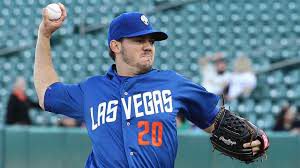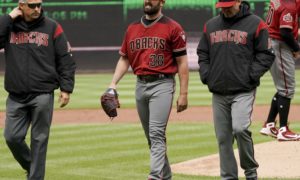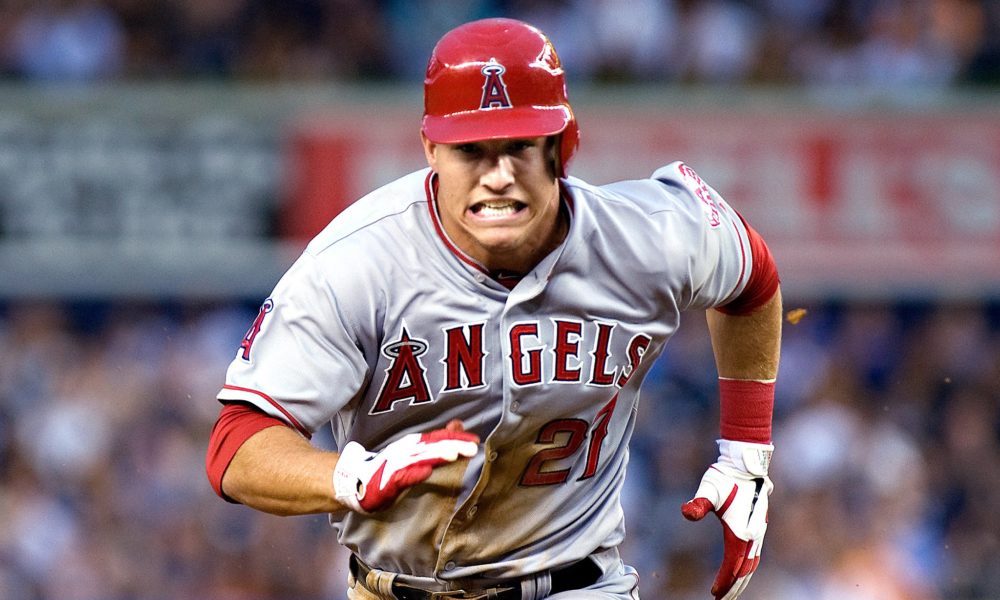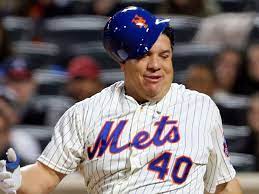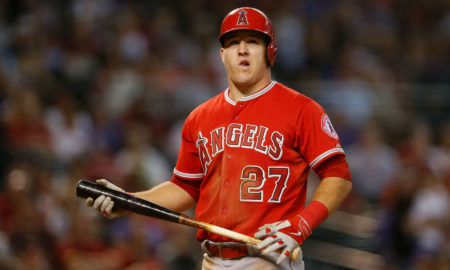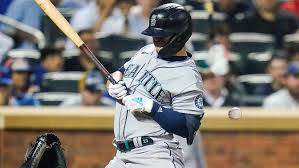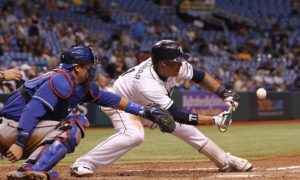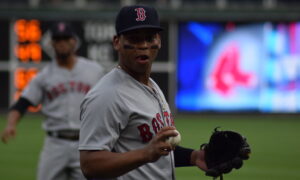How Important Are “Productive Outs”, Really?
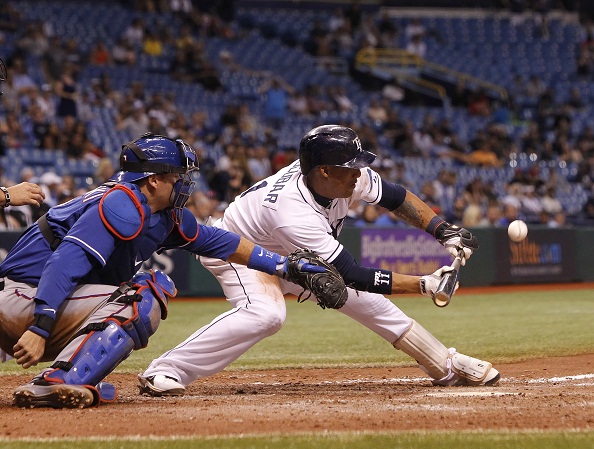
Chics – and wins – dig the long ball.
As we’ve just embarked on another 162-game season, let’s look back to the final game of 2023:
Game 5 of the 2023 World Series, Texas leads Arizona three games to one. Arizona is batting in the first inning with a runner on second base, no outs and Ketel Marte at the plate. Marte swings at a Nathan Eovaldi breaking ball just off the low and outside corner and pulls a soft grounder to the second baseman with a .110 expected batting average for an out, advancing the runner to third base.
In the broadcast booth, John Smoltz, showing more emotion than he typically does for walk off home runs, proclaimed, “Now THAT’S good hitting*.” For those of you who arrived late, Smoltz was referring to Marte’s ability to purposefully pull an outside pitch on the ground, which, run expectancy aside, allowed the runner on second base to advance to third base. (*We’ll come back to this in a minute…)
You may be wondering about the need to revisit this as we’re about seven months away from the next World Series. I’m arguing that as sure as I am never going to be an MLB player, I’m sure the question “Do you need good situational hitting to win in the postseason?” will come up again. Moreover, if you spend any time at all on baseball social media you know that question never goes away.
The nomenclature may vary – “contact”, “situational hitting”, “small ball”, etc. – but the point is always the same: In order to win the World Series, teams need to avoid striking out, and put the ball in play – even if it results in an out – to advance a runner and help (insert Bob Costas voice) “push across a run”. Fortunately for you, if you’re on the fence with this one, I looked at all 41 postseason games from 2023 and here’s what I found:
- Teams with the higher SLG won 87% of the time.
- Teams that out homered their opponent won 86% of the time.
- Teams with the higher OBP won 73% of the time.
- Teams with the higher number of productive outs* won 62% of the time.
(*Definitions may vary on what constitutes a “productive out”, but for today’s purposes I used any out that advanced a runner except for a fielding error or a grounded into double play, which is a more generous definition than most use.)
Pretty clearly, we see that making productive outs doesn’t correlate with winning as much as getting on base, extra base hits, or home runs. But when we dig deeper, it’s worse than that if you’re on a team “situational hitting wins in the postseason”.
For starters, there were 59 total productive outs in the 2023 postseason (1.4 per game) compared to 110 long balls (2.7 per game). Therefore, even if there was a positive impact from situational hitting – more on that in a minute – it didn’t impact the games very often. Which also puts a hole in the theory that power hitting comes and goes and can’t be relied upon as a consistent scoring method in the postseason – home runs not only the most impactful event, but they also occur more frequently than sacrifice flies, bunts, grounders to second, etc. combined.
More importantly, unlike a home run or an extra base hit with runners on base, a productive out doesn’t necessarily lead to a run and therefore doesn’t impact the game outcome in your favor at all. Combine that with the fact that even when a runner does come around to score after a productive out, it’s only one run, as opposed to home runs and extra base hits with runners on base which always and often respectively, lead to multiple runs.
Let’s take a closer look:
Since productive outs only lead to one run, I believe we can agree that they only impact the outcome of close games – I don’t’ think anyone will argue that a sacrifice fly was a needle-mover on the outcome of an 11-2 game in which the winning team out homered, out slugged, and out OBP’d their opponent.
As mentioned above, the teams who had more productive outs than their opponent won 62% of the time – technically, it was 13 wins against eight losses. Of those 13 wins, only six of them were decided by less than three runs, so we can say situational hitting didn’t impact the other seven wins.
In three of those six “close” wins, the runner who advanced on a productive out never came around to score, so there was no positive impact at all for the batting team. In another of those wins, the runner who advanced on a productive out came around to score – on a home run, so it sure wasn’t small ball that changed the scoreboard. In another (NLDS Game 2 between Arizona and Los Angeles), Arizona made three productive outs, but only one came around to score in a 4-2 win. However, the Dodgers grounded into two rally-killing double plays in the game, so the “put it in play and move the runners” mindset actually hurt the Dodgers more than it helped the Diamondbacks. That leaves us with NLCS Game 7, in which the Phillies had a higher OBP, SLG, and HR total than the Diamondbacks and lost. The D’Backs made three productive outs, all of which eventually led to a run, in a 4-2 win.
Bottom line? Out of 41 postseason games, one could argue that situational hitting which might lead to moving runners along and “pushing across a run” here and there had a positive impact on a grand total of one game, or .02 percent of the time. There is only one rational conclusion: Claiming that you need good situational hitting to win in the postseason is akin to stepping on a $100 bill to pick up two single dollars.
The 2023 postseason showed us that getting runners on base (OBP) and advancing those runners multiple bases at a time (SLG) without giving up outs to do so, will determine the outcome of a postseason game close to 50 times more often than situational hitting will. Just something to consider the next time this topic comes up, as it assuredly will.
(*In case you were curious, Smoltz’s definition of “good hitting” led to zero runs. In fact, Arizona had a productive out in each of the first three innings of 2023’s final game, and scored zero runs from any of them, in an eventual season ending 5-0 loss.)

